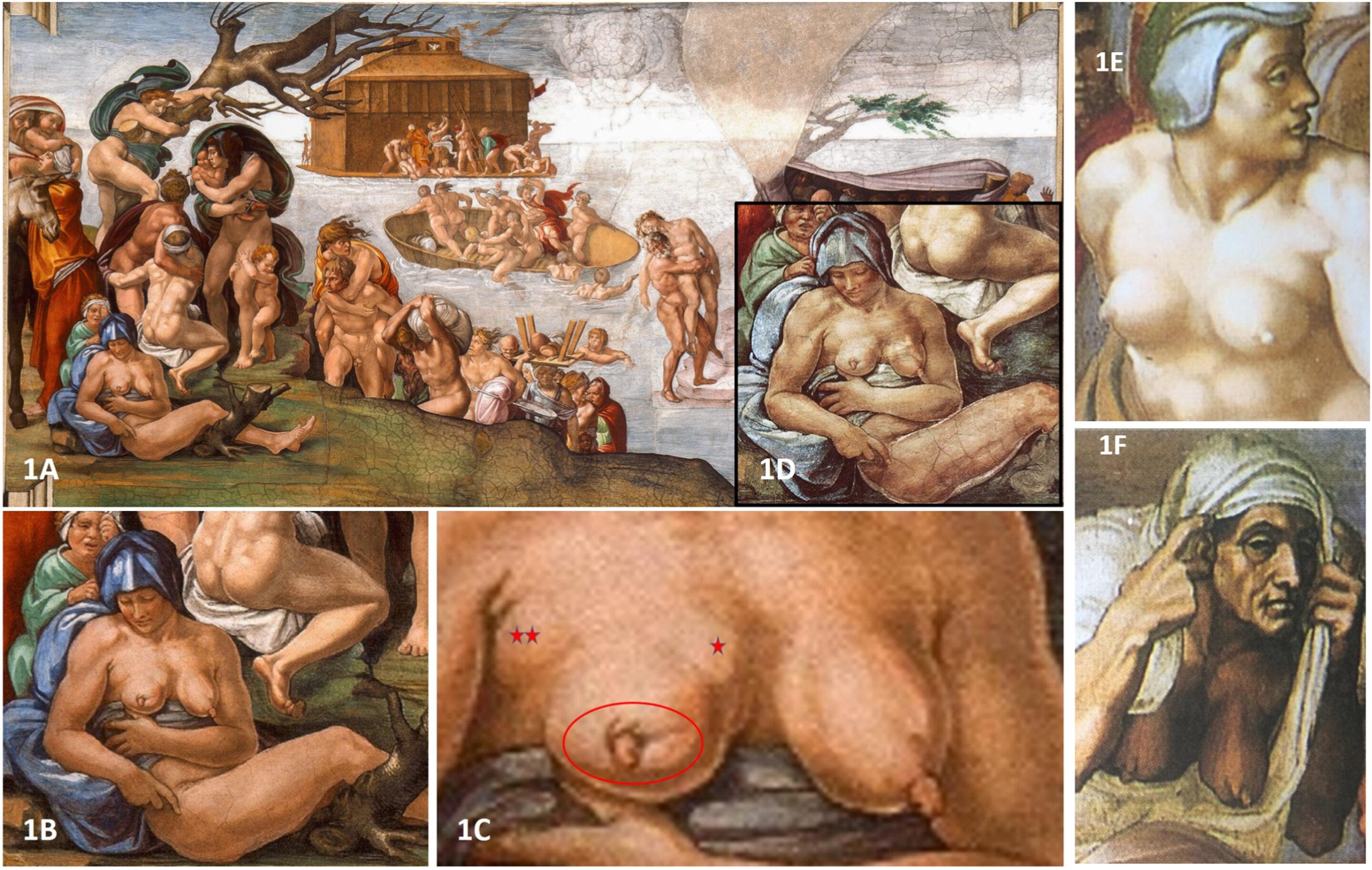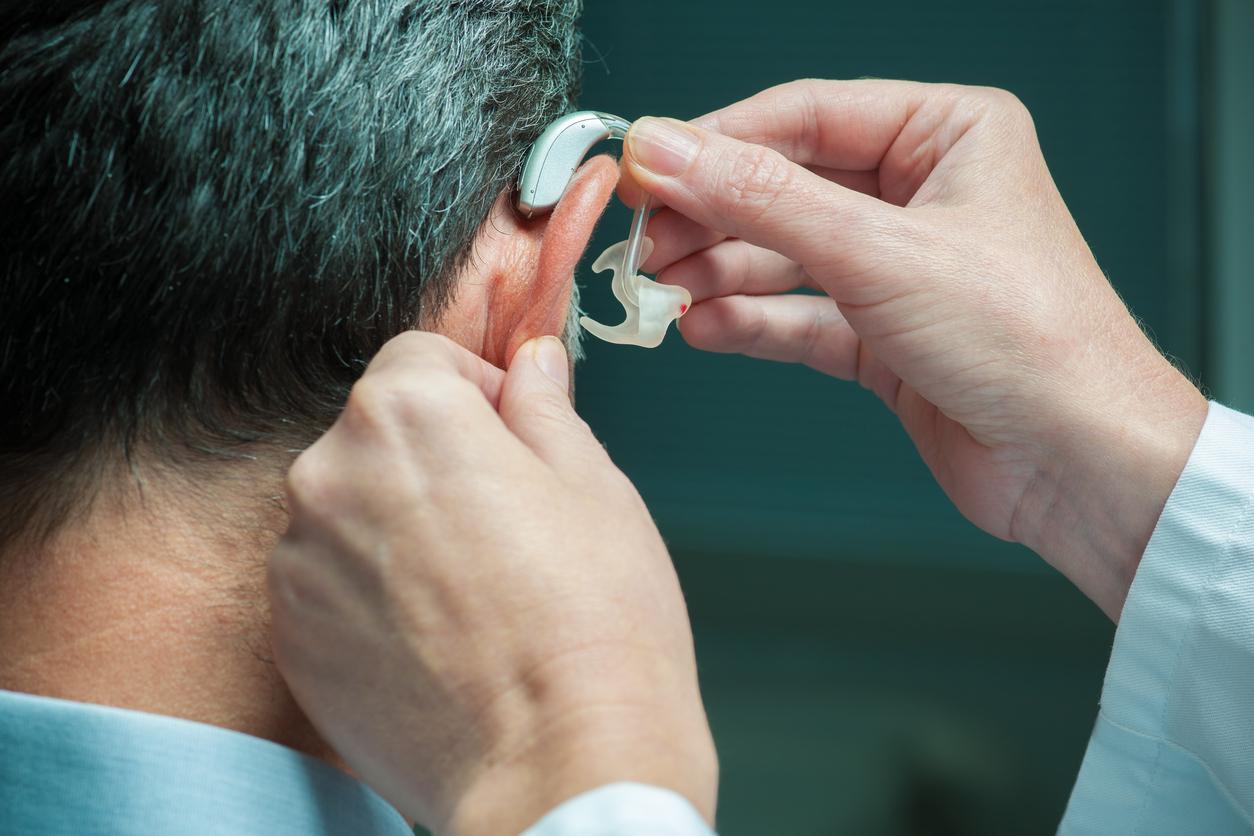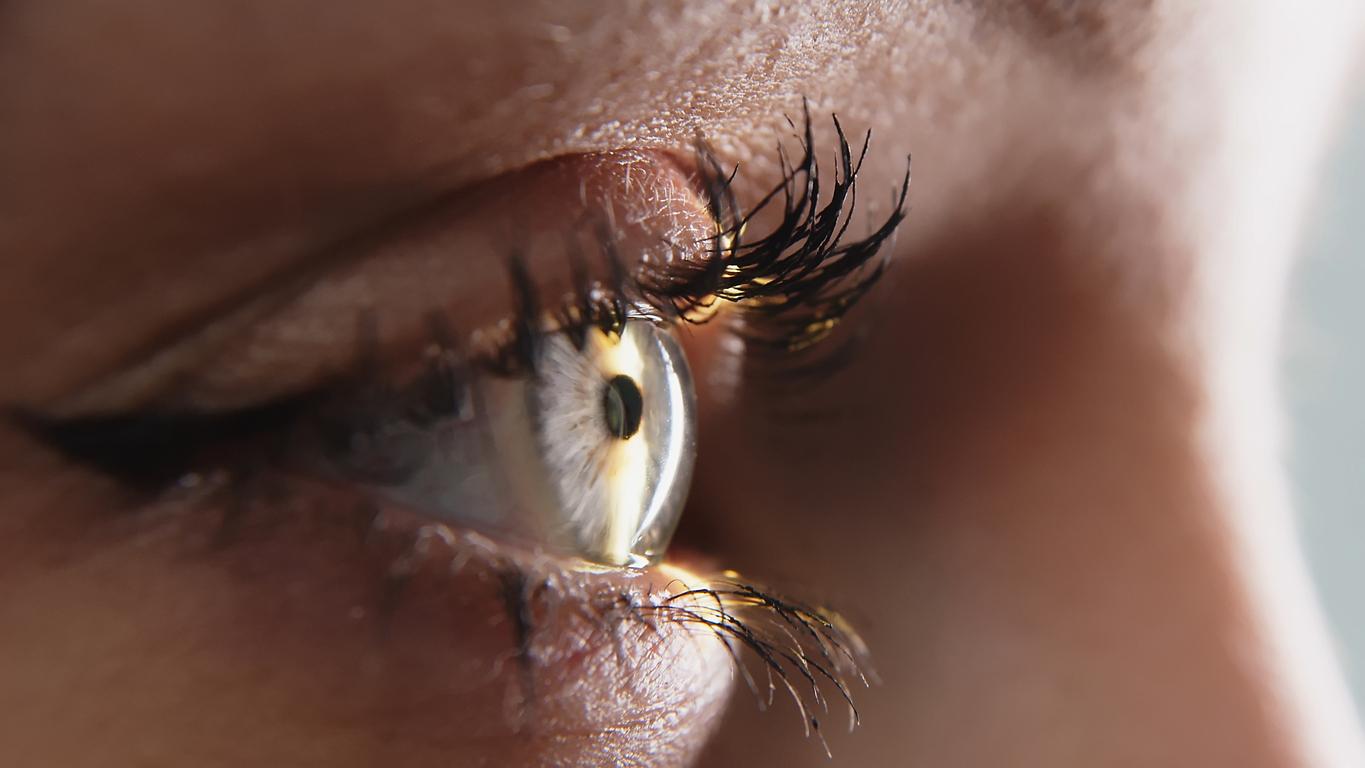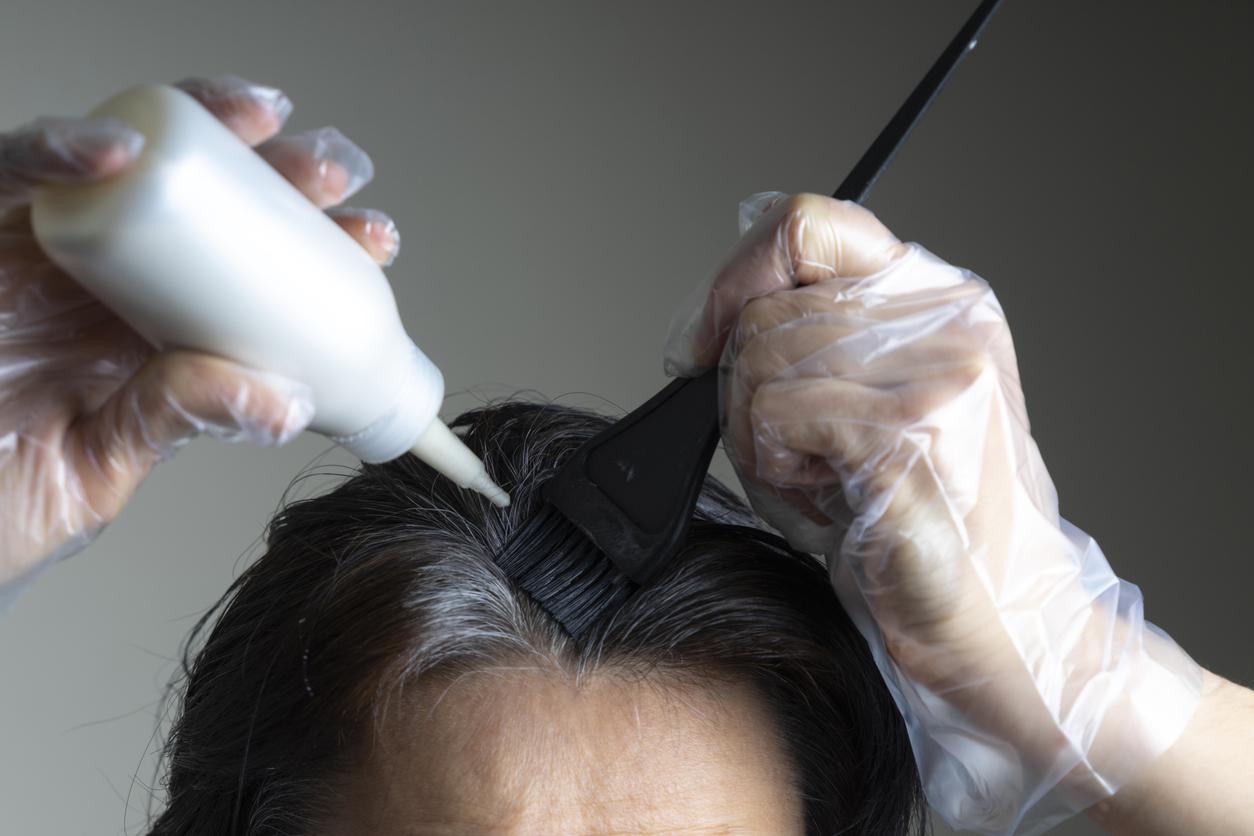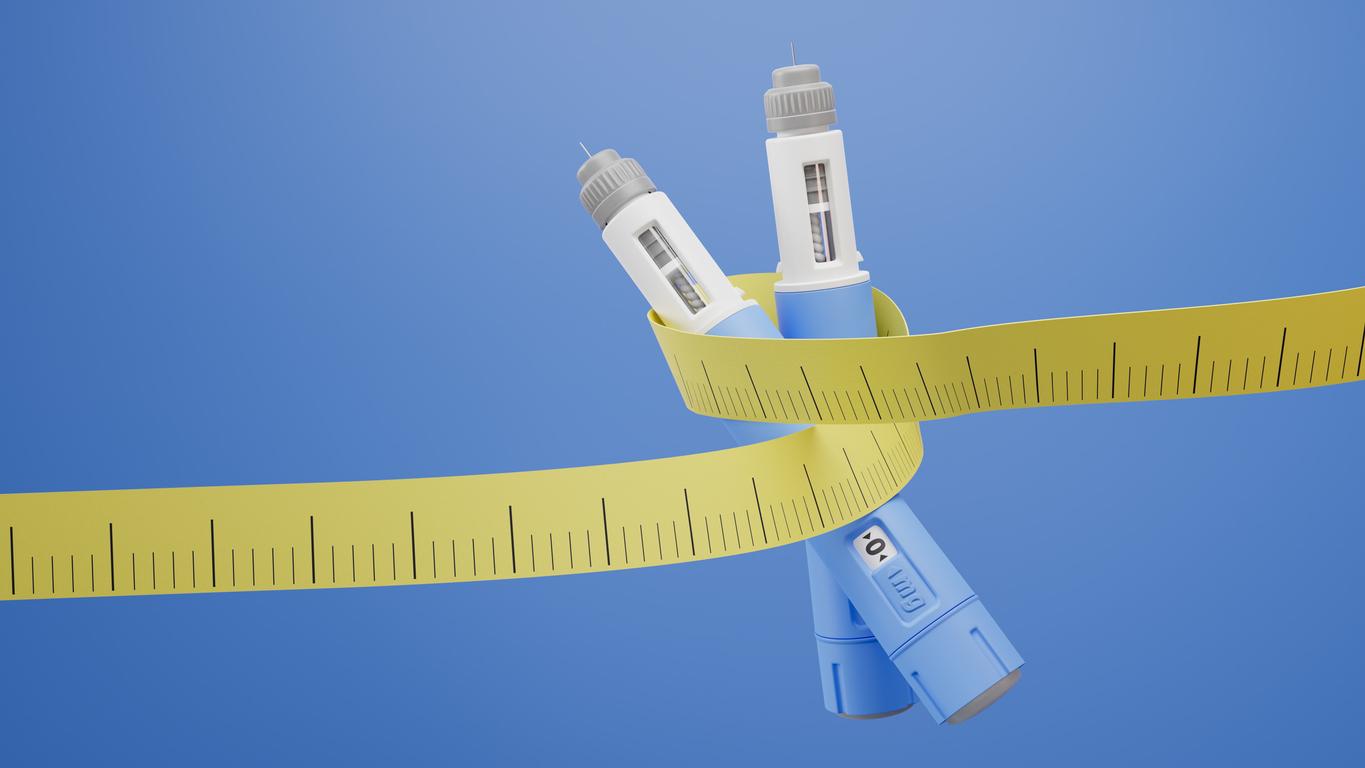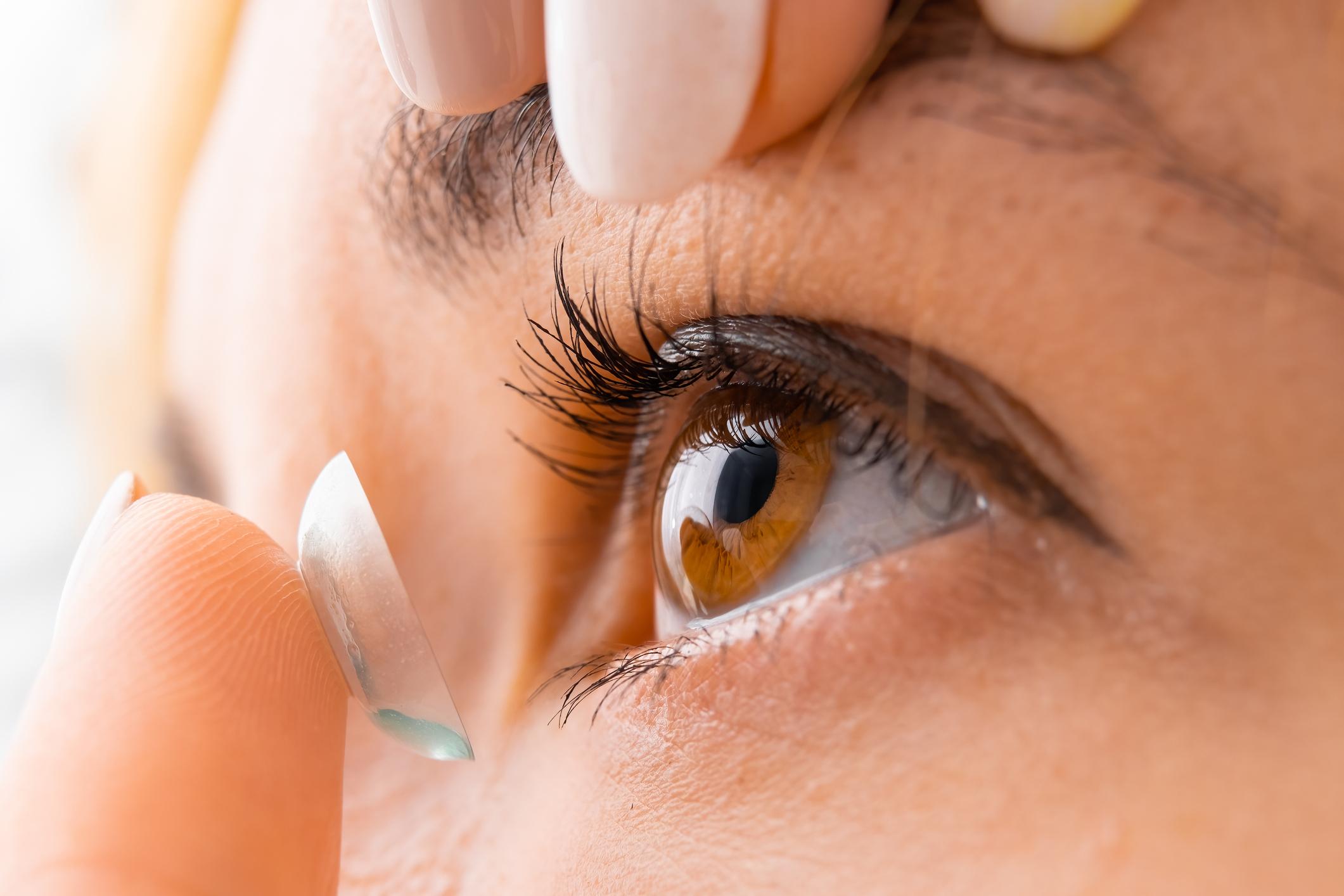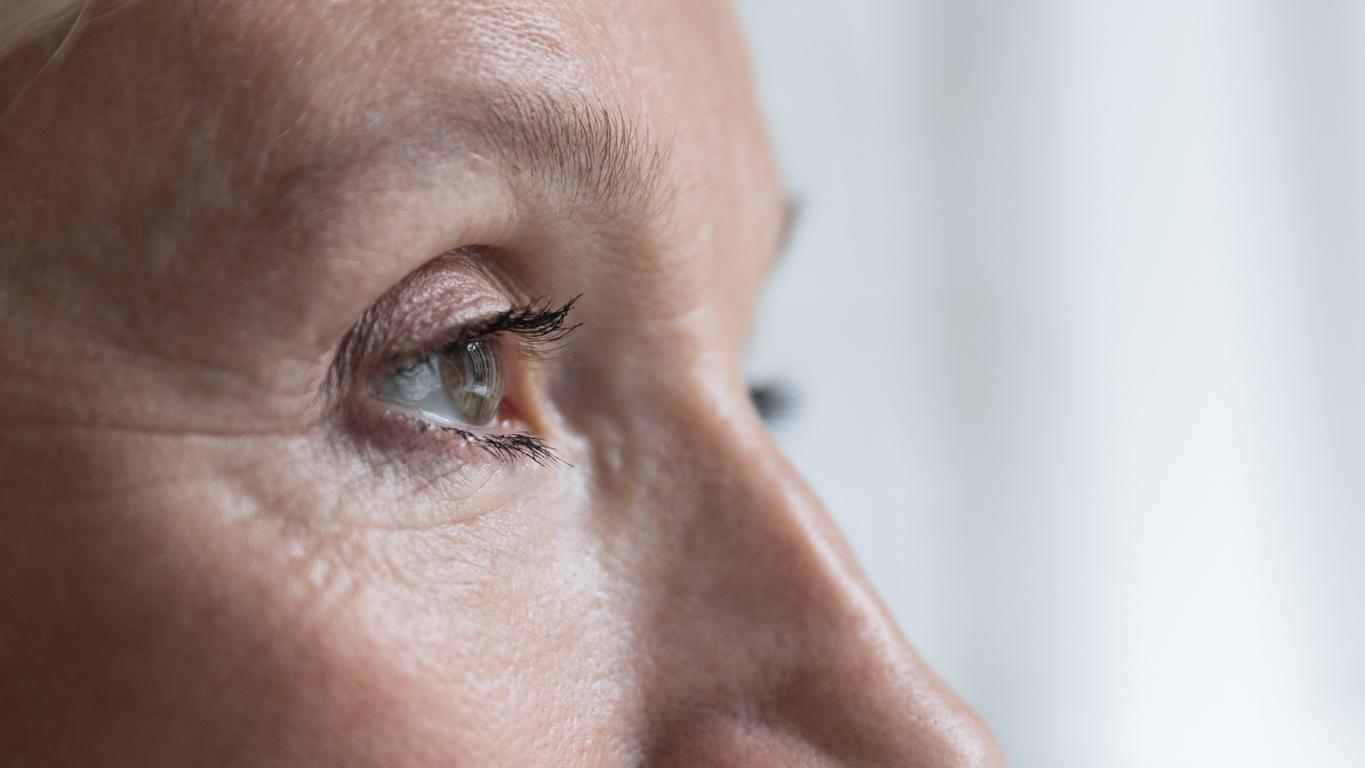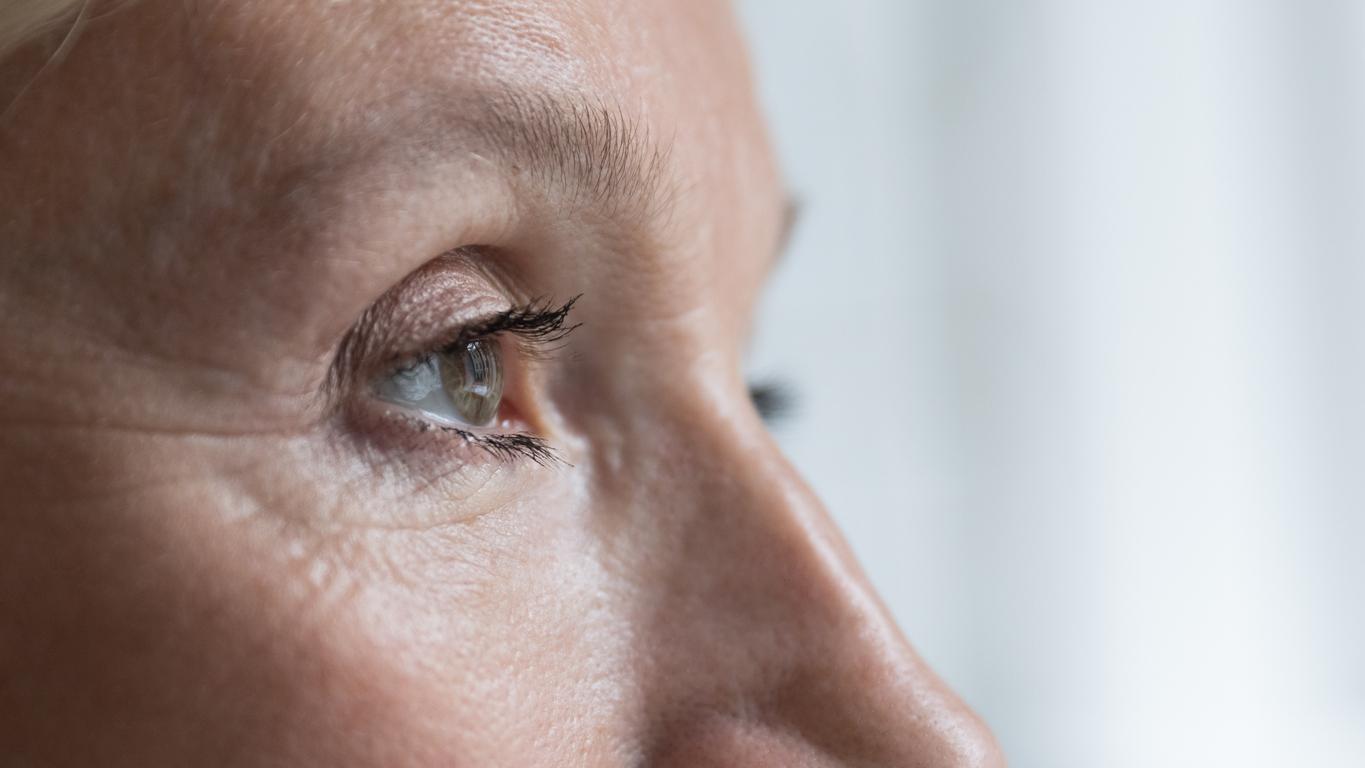A protein, called Protrudin, allows nerve cells to self-repair. This is a new therapeutic avenue for treating glaucoma, the leading cause of blindness in the world.

- There is no cure for glaucoma which can lead to blindness but it can be stabilized
- Protein to regenerate damaged nerve cells could improve care
Glaucoma is the leading cause of blindness worldwide. Currently available treatments can stabilize the disease, but none can cure it. Researchers at the University of Cambridge are studying a potential therapeutic avenue. In NatureCommunicationsthey explain their hypothesis: the gene that produces the protein Protrudin can stimulate the regeneration of nerve cells and prevent them from dying if they are damaged.
A verified hypothesis
The first stage of their research took place in Petri dishes. Scientists grew brain cells, then voluntarily degraded their axons, the nerve fibers. The latter are normally not able to regenerate after an injury or in the event of an illness. For this reason, the pathologies concerning them are generally irreversible. The researchers then increased the amount of Protrudin in the nerve cells. The experiment confirms their hypothesis: the ability of nerve cells to regenerate has greatly increased. In a second experiment, they tested the effect of Protrudin after several weeks: it allowed the axons to regenerate massively, and the cells were not dead.
Confirmed results on mice
For the research team, these results show that the technique could be used in the treatment of glaucoma. To confirm them, they performed an experiment on mouse eyes. They removed the retinas and introduced the Protrudin protein. Normally, without a retina, the neurons die in a few days, but in this experiment, the addition of the protein protected them.
Further research will be needed
The researchers would like to use gene therapy to release Protrudin in the eye. “Importantly, these findings require further research to see if they can be translated into effective treatments in humans.”, says Dr. Veselina Petrova, lead author of the study. She points out that the results obtained during studies on the optic nerve often also apply to the spinal cord. Perhaps Protrudin could also be used to repair the damaged spinal cord.

.





